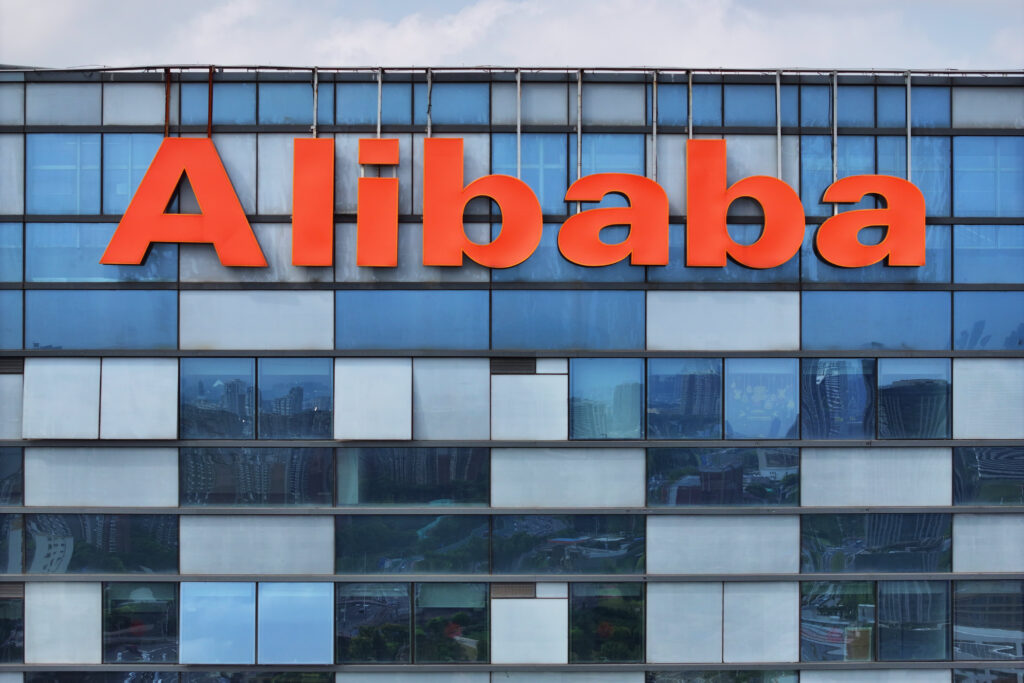Alibaba and Baidu are escalating their efforts to lead China’s fast-moving artificial intelligence sector, with both companies unveiling enhanced AI models focused on advanced dynamic reasoning capabilities.
On Tuesday, Alibaba launched Qwen 3, the latest iteration of its flagship AI model. The update introduces hybrid reasoning, aimed at improving adaptability and efficiency for developers building applications and software solutions.
This follows a brisk pace of innovation from the tech giant, which released Qwen 2.5-Max in January, shortly after AI startup DeepSeek disrupted the market by showcasing high-performing models at significantly lower costs than their Western counterparts.
Meanwhile, Baidu has introduced two upgraded offerings: Ernie 4.5 Turbo and the reasoning-driven Ernie X1 Turbo. Both models are designed to improve performance in complex decision making and multi-step problem solving, capabilities increasingly vital for enterprise AI adoption.
The successive launches underscore the intensifying race within China’s AI industry, as domestic firms strive not only to outpace each other but also to compete with global players such as OpenAI, Anthropic, and Google DeepMind.
Alibaba’s Qwen 3 suite includes several models, notably the Qwen3-235B-A22B with 235 billion parameters, and the more compact Qwen3-30B-A3B, a Mixture of Experts model with 30 billion parameters. Both will be released with open weights to encourage widespread adoption.
“Early benchmarks suggest these models are roughly comparable to OpenAI and DeepSeek offerings, though slightly behind Grok 3 Beta and Google’s Gemini 2.5 Pro,” said Hyoun Park, CEO and Chief Analyst at Amalgam Insights. “Baidu’s Ernie 4.5 Turbo performs on par with OpenAI’s latest GPT models while being significantly more affordable.”
Analysts note that Chinese-developed AI models are now rivalling Western technologies in performance at a fraction of the cost, often 20 to 40 times cheaper. This cost advantage is placing pressure on US developers to accelerate innovation and reduce pricing.
“However, ongoing geopolitical tensions will likely restrict the deployment of Chinese models in regulated industries,” said Prabhu Ram, Vice President at CyberMedia Research. “This will force established players to ramp up domestic investment while grappling with higher operational costs in an increasingly fragmented and geopolitically complex tech environment.”
These announcements mark a broader shift in AI capabilities, with a growing emphasis on multi-modal systems that go beyond traditional text processing, according to Sharath Srinivasamurthy, Associate Vice President of Research at IDC.
“Another notable trend is the push to win over the developer community,” Srinivasamurthy added. “China boasts the world’s largest developer base. Winning mindshare here could drive widespread adoption. From both a price and performance standpoint, the race is well underway and the emphasis on ‘better and cheaper’ is only set to continue.”
Alibaba’s Qwen 3 blends standard AI features with dynamic reasoning, an increasingly sought-after capability that allows models to adapt and solve problems in a more flexible, human-like manner.
Dynamic and hybrid reasoning is now among the most prominent trends in model design, enabling AI to break down tasks step-by-step and make more sophisticated decisions.
“Models like Qwen 3 and Ernie X1 Turbo represent a shift towards real-time adaptability and automation for enterprise use,” Ram noted. “Innovations like Mixture-of-Experts architectures and tool autonomy are delivering cost savings of over 30%.”
However, Ram cautioned that as AI reasoning becomes more advanced, businesses will face greater challenges in operational complexity, model reliability, and data governance, particularly when using tools developed outside established regulatory jurisdictions.

